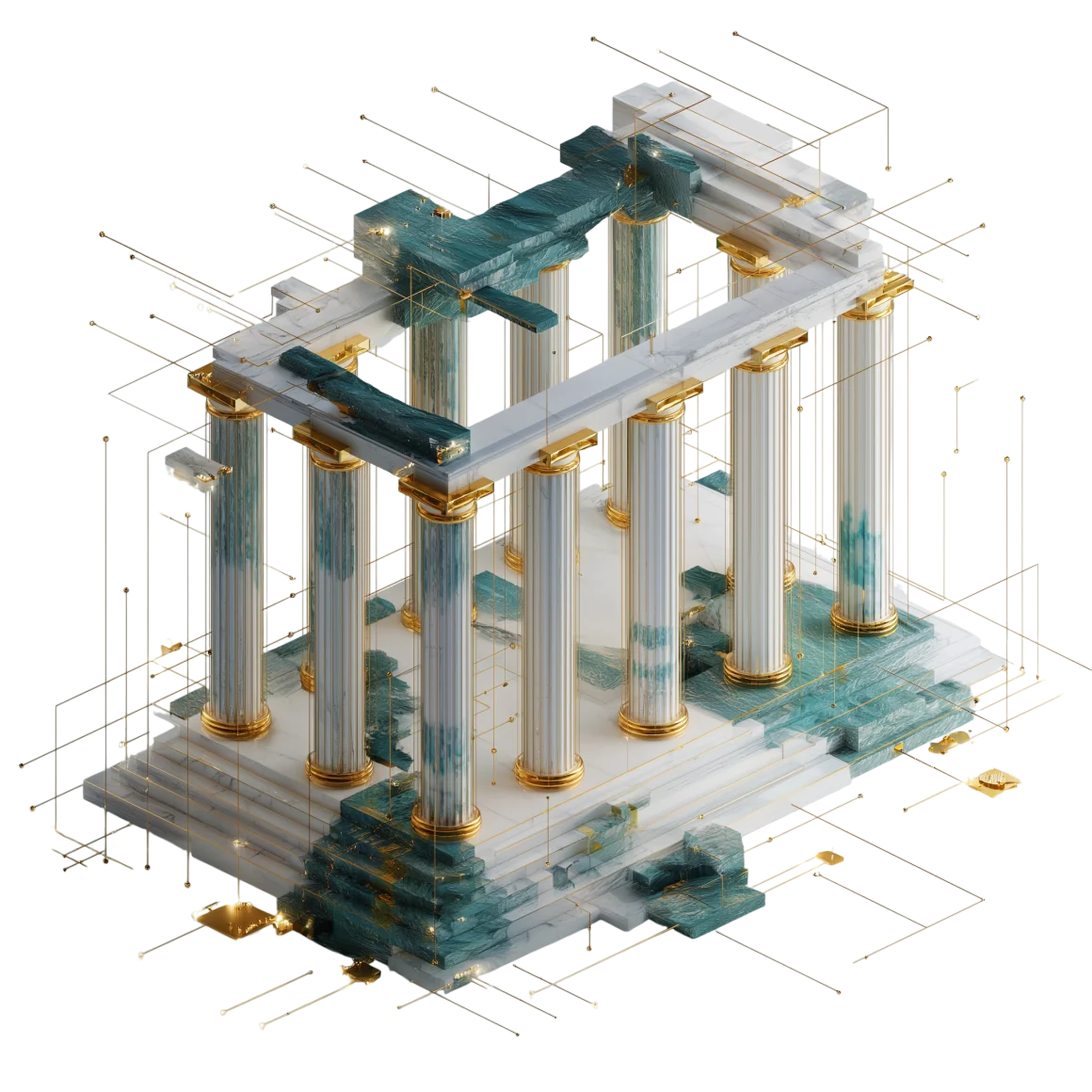". . connections make it whole . ."
Design the way things connect before you obsess over what they do. When the interfaces are crisp; APIs with contracts, events with meaning, identities with scope, teams can build safely in parallel, modernise without big bangs, and recover without drama.
The Interface is the Product
Why connective architects win - and how we hire them
Most programmes don’t fail because someone chose the ‘wrong’ database or a cloud service went down. They stall because systems can’t talk, teams can’t move in parallel, and every new feature needs three spreadsheets and a prayer to stitch it together. In our world (where we place different architects and build architecture teams) one truth keeps paying off. The interface is the product.
Connectivity isn’t plumbing. It’s how strategy turns into outcomes.
What changes when you start with interfaces
You buy time. Contracts agreed early let Team A and Team B ship without waiting on each other. Mock servers and sample payloads bring the future into the present.
You shrink blast radius. Good boundaries (timeouts, retries, idempotency, circuit breakers) turn outages from headlines into footnotes.
You make legacy survivable. A façade and a routing plan (call it Strangler, call it phased migration) lets you move capabilities into the new world while the old one earns its keep.
You unlock non-human users. Most of the traffic isn’thumans. It’s services, schedulers, bots.
Their “UX” is clear contracts, predictable failure semantics, and traces that follow a request across hops. Treat them like VIPs and everything else feels smoother.
Hiring for connectivity (our lane)
Tool lists don’t predict success here. Judgment does. We look for architects who:
- Draw the smallest useful diagram and talk through both the happy path and the failure path without drama. Bring a cost story.
- Treat APIs and events as products with owners, lifecycles, and docs someone will actually read.
- Speak workload identity fluently (non-human users, least privilege by capability, short-lived creds).
- Explain trade-offs crisply. Consistency vs availability, sync vs async, reuse vs speed.
We place architects into environments where growth, modernisation, or control is urgent. Connectivity multiplies value in all three:
- Growth: Every new product reuses more of the last one. Interfaces are leverage.
- Modernisation: Phased cutovers become safe, measurable, and reversible.
- Control: Observability wraps the flow, not just the boxes; security lives at the boundary, not in a PDF.
It also makes recruitment leaner. Fewer interviews, higher signal, faster time-to-impact, because the work and its interfaces are unambiguous.
If you’re building or reshaping an architecture team, start with the people who think in interfaces. They’ll make your features faster, your incidents smaller, and your migrations boring (in the best possible way).
That’s the talent we surface. Architects who make systems talk so your products finally sing.






